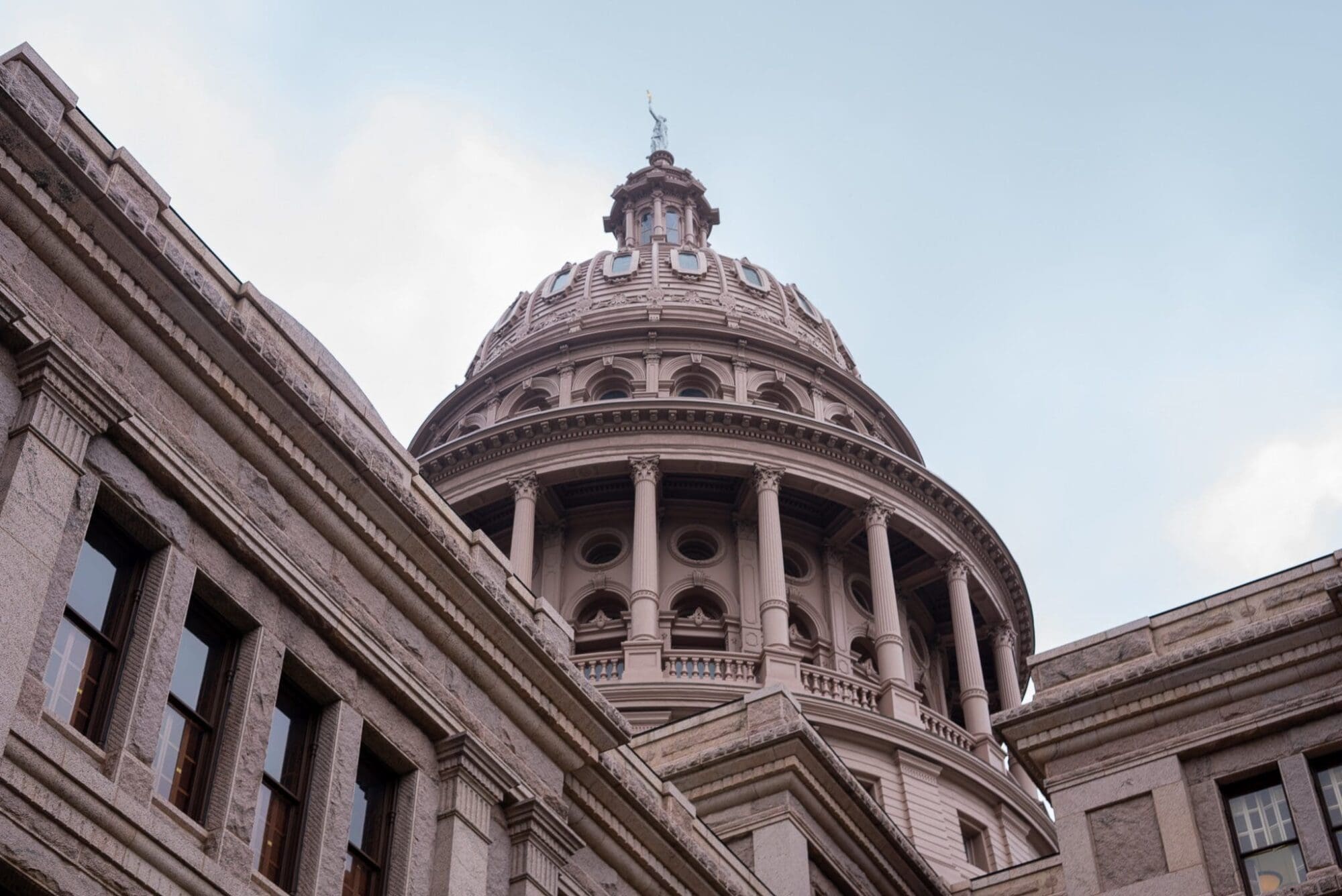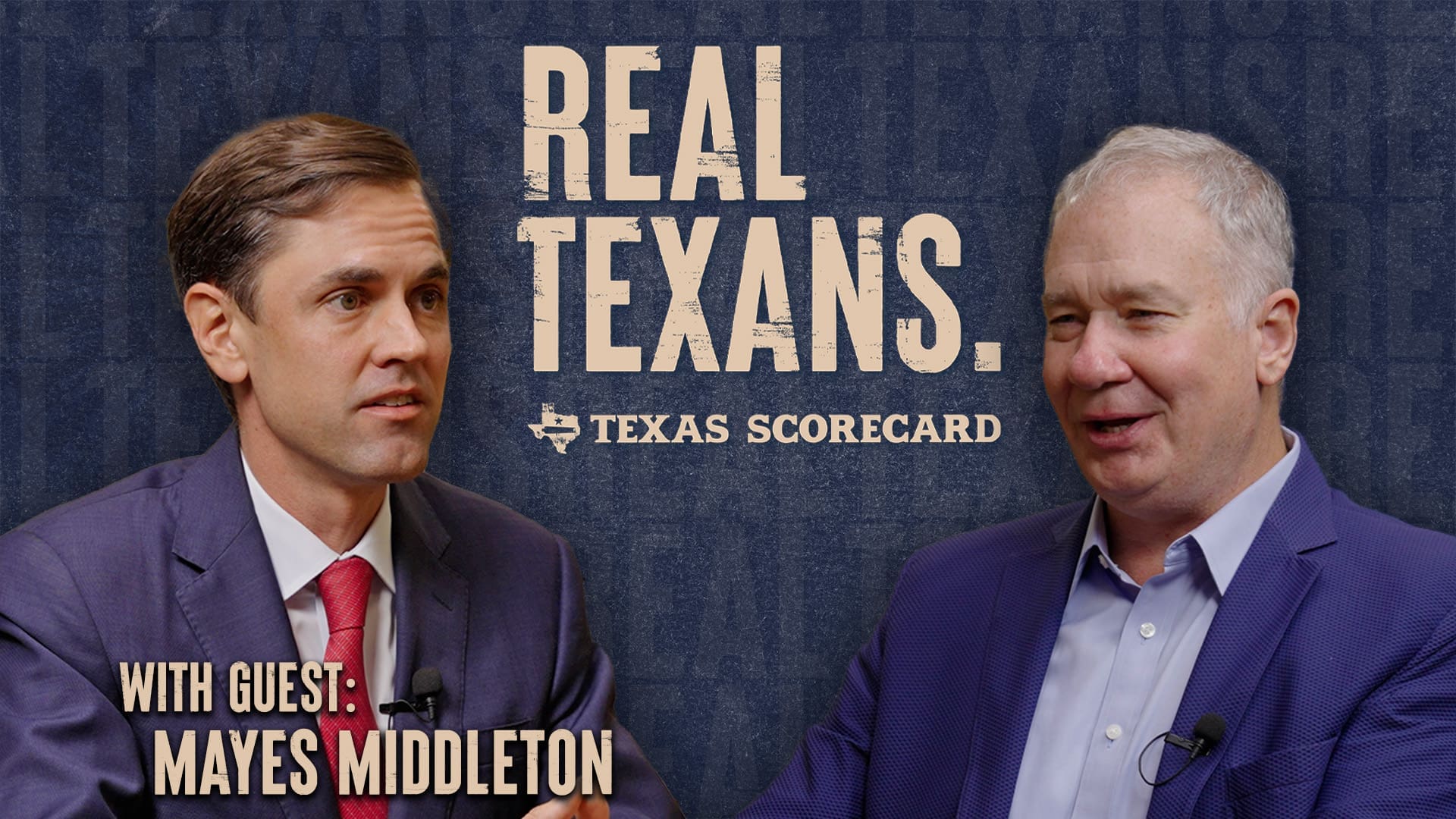President Barack Obama recently unveiled his plan to offer free tuition for the first two years of community college to American students. However in the immortal words of Inigo Montoya in The Princess Bride: “You keep using that word [free]. I do not think it means what you think it means.”
The White House estimates that nine million students would benefit from this program and would save full-time students $3,800 a year in tuition. Will the community colleges now admit and educate students for free? Of course not. You, the taxpayer, will now be on the hook for that $3,800 per student per year.
The $60 billion plan calls for the federal government to pick up three-quarters of the tab with, according to an article by The Hill, “States…required to chip in the remainder of the cost — an additional $20 billion over the next 10 years.”
Austin Community College claims 43,315 credit students for the Fall 2012 semester; obviously not all of those students would qualify under the president’s plan, but the tuition cost left to the taxpayer would be enormous.
The president stated that he would offer tuition “free for everybody who is willing to work for it,” but do we not already have systems in place for these individuals? The most common avenue for students to receive financial aid is through the use of loans from federal or private lenders. These loans require repayment with interest and are the greatest cause of debt to those leaving college.
However, for those students who are willing to search for, apply, and meet certain conditions and prerequisites there are other options that do not require repayment and thus do not add personal debt. According to Peterson’s there are many scholarships available to students of all walks of life, of all achievement levels, and from many different organizations and institutions. Grants are also available with no repayment requirement to those in greatest financial need.
What the president is proposing is a free, across the board education with no consideration for need. Taxpayers would be required to pay for the education of students who have no real need for assistance. In addition parents who are already paying for their freshman and sophomores to attend four-year institutions will now, in effect, be forced to pay for them to attend a community college as well.
The means to pay for college has always been available and still some students do not have the desire to attend. The state of Texas will be out $20 billion over the next ten years regardless of whether these students decide that college is for them or not.





